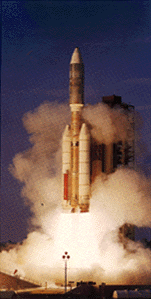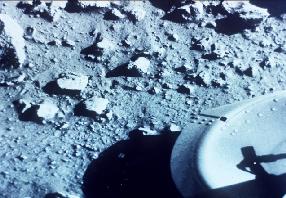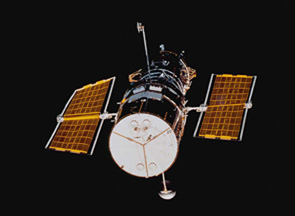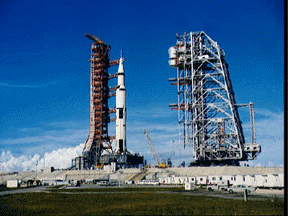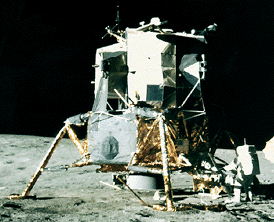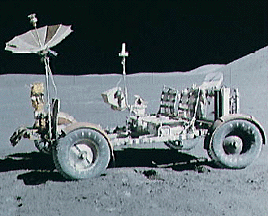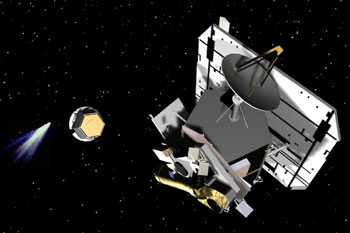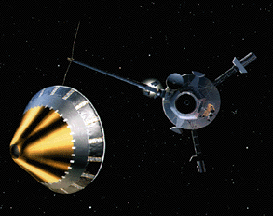Viking
The Viking missions to Mars were part of a series of U.S. efforts to explore and better understand the red planet. Each spacecraft consisted of an orbiter and lander. The landers were sterilized before launch to prevent contamination of Mars with organisms from Earth. Their objectives were to obtain highly detailed pictures of the Martian surface, learn about its composition, and search for life.
Viking 1 was launched on Aug. 20, 1975, followed later that year on Sep. 9 by Viking 2. After searching for flat, level areas, the spacecraft deployed their landers, brought safely to the ground using parachutes and retro-thrusters which prevented a dangerous high-speed impact. Viking 1 landed on the western slope of Chryse Planitia (the Plains of Gold) at 22.3 degrees N latitude, 48.0 degrees longitude. Viking 2 landed on Utopia Planitia; 47.6 degrees N latitude, 225.7 degrees W. longitude. Over the next four years, the orbiters mapped 97% of the Martian surface and relayed information from the landers back to Earth.
The Viking landers monitored Martian weather, regular dust storms, and returned high-resolution color photos which revealed interesting geologic features. Their analysis of Mars' soil found no evidence of life, though unexpected chemical activity was observed. The Viking missions did discover water in both solid and vapor form, which suggests that life may have existed on the planet many years ago.
Some of the data returned from these two spacecraft are shown in the image archive below. With this data, scientists began to make educated guesses about what the interior, surface history, and evolution of Mars must be.


